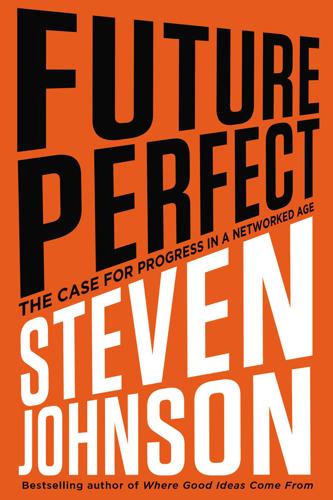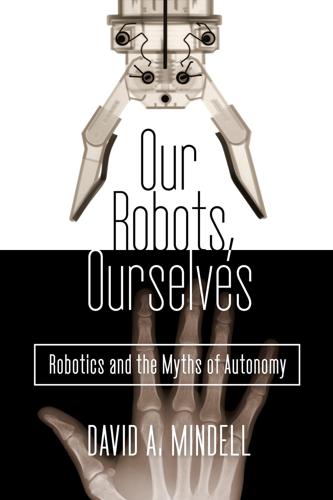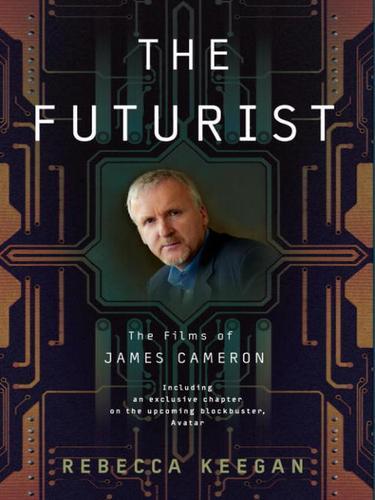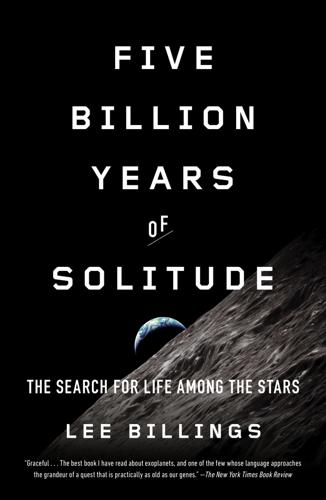
Future Perfect: The Case for Progress in a Networked Age
by
Steven Johnson
Published 14 Jul 2012
Today the X Prize Foundation offers more than $100 million in prize-backed challenges that reward innovation in genomics, personal health care technology, automobile energy efficiency, and oil cleanup. Google has cosponsored a $30 million Lunar X Prize for the first group that can successfully land a robot on the moon. The foundation has dozens of prizes in development as well, some of them focused on attention-grabbing feats like space or deep-ocean exploration, but others rewarding breakthroughs in education and the life sciences. The foundation prides itself on the way it develops its new prizes, drawing on a peer network of diverse interests to “ensure the input of a variety of perspectives.” The network of advisers that created the Lunar X Prize included Internet entrepreneurs, technology historians, NASA officials, MIT aeronautics professors, and pioneers in the private-spaceflight industry.

Our Robots, Ourselves: Robotics and the Myths of Autonomy
by
David A. Mindell
Published 12 Oct 2015
But not everyone would welcome the new methods. Robotic exploration would prove troubling to some and exciting to others. Seeking to understand this resistance led me on a journey of research and discovery spanning twenty years. Before moving forward with that story, however, we need to go back in time to the birth of deep-ocean exploration to see how people came to visit the deep seafloor, and how Jason fit into that story. • • • Today we routinely use robots to explore the ocean. When an airliner goes missing or an oil well bursts, robots are our first—and often our only—eyes on the scene. But as Jason developed over time, a passionate debate raged.

The Futurist: The Life and Films of James Cameron
by
Rebecca Winters Keegan
Published 3 Nov 2009
After finishing a movie, he says, “I usually go diving first, to decompress by literally decompressing. I find the underwater world to be a great antidote to Hollywood. Nobody down there knows who you are. You’re just part of the food chain.” Cameron wanted to get back into the sea as soon as possible after Titanic, not just as a scuba-diving tourist but as a deep-ocean explorer. He figured his best shot would be selling a documentary about revisiting the wreck—this time with new technology that would allow him to take audiences deeper inside it—and packaging it with a trip to the sunken German warship the Bismarck. He also saw the expedition as an opportunity to test some new 3-D cameras he had been developing with Vince Pace, a technician and cameraman who had helped build the underwater lighting system that had won a technical Oscar on The Abyss.

Five Billion Years of Solitude: The Search for Life Among the Stars
by
Lee Billings
Published 2 Oct 2013
The company was cofounded by two influential entrepreneurs of the emerging private spaceflight industry, Eric Anderson and Peter Diamandis; among its investors were Eric Schmidt and Larry Page of Google, and the billionaire space tourist and software developer Charles Simonyi. Other than Seager, its advisors included the Hollywood filmmaker and deep-ocean explorer James Cameron and a former U.S. Air Force chief of staff, General T. Michael Moseley. The business plan was, at its core, quite simple: locate and extract valuable resources from near-Earth asteroids, many of which are thought to contain deposits of platinum and other rare metals valued at trillions of dollars based on existing market prices.

Moon Coastal Oregon
by
Judy Jewell
and
W. C. McRae
Published 13 Jul 2020
Most of the creatures here were brought in by local fisherfolk or marine biology students who’d finished their experiments. In addition to these up-close encounters with the local fauna, visitors can look at underwater images of various places along the Oregon coast (they vary widely!) and live video feeds from deep-ocean exploration in the Pacific. South Slough National Estuarine Research Reserve Estuaries, where freshwater and saltwater interface, form some of the richest ecosystems on earth—capable of producing five times more plant material than a cornfield of comparable size while supporting great numbers of fish, birds, and other wildlife.